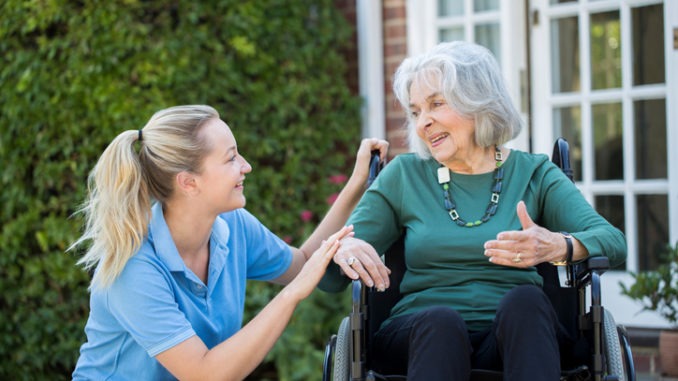
Are the pressures of COVID threatening network development?
CREDIT: This is an edited version of an article that originally appeared on The BMJ
In 2019 general practices in England came together to form 1259 primary care networks. NHS England sees these networks as a route to improving collaboration between general practice and other community-based providers, expanding the multidisciplinary workforce and becoming the building blocks for integrated care systems as part of the NHS Long Term Plan.
Despite disquiet about whether the funding offered for the expected workload is adequate, and concerns that participating in the networks threatens GPs’ independent contractor status, nearly all practices (98%) renewed their contracts for a second year, alongside their practice-based contracts.
Challenges
COVID-19 has now brought challenges that threaten the ability of the fledgling networks to deliver on expectations. The burden of ill health not related to COVID-19 has grown as routine services were suspended at the peak of the pandemic and people have avoided general practices, hospital outpatients, and accident and emergency departments.
As the NHS works out how to restart routine services alongside the ongoing risk of outbreaks, primary care will be put under additional strain by delayed presentations, investigations and treatment including poorly-controlled, long term conditions, a rise in mental illness, the need to deliver the largest ‘flu vaccination campaign to date, the effects of ‘long COVID’ as well as widened socioeconomic inequalities due to COVID-19 and the associated response.
General practices, particularly smaller ones, will face workforce shortages as staff have to shield, intermittently self-isolate, or fall sick. The shift in general practice to total triage and remote consulting may help service recovery, but remote consultations can pose their own risks to patient care and, where needed, any face-to-face care will be slowed by tight infection control measures in often ill-suited premises.
Despite these challenges, primary care networks could still thrive—strengthening practices’ resilience by sharing staff and premises, enabling local systems to integrate through closer collaboration with community and secondary care providers, and working together to tackle inequalities and improve quality of care. However, most networks are still fragile, and the ongoing pressures of the pandemic pose a threat.
This year primary care networks are expected to work on projects including implementing structured medication reviews, improved cancer diagnosis, enhanced care in care homes, expanding the multidisciplinary workforce and offering extended hours appointments – as well as meeting targets related to ‘flu vaccinations, learning disabilities and social prescribing; in order to deliver these services successfully the networks, as non-hierarchical organisations, principally rely on good relations, trust and reciprocity.
Building these relations requires time and goodwill – which may be in short supply as practices struggle to meet their own patients’ needs, and tensions will emerge if network resources need to be channelled into less resilient practices.
Uncertainties
In view of these challenges NHS England has, sensibly, advised that the contracts of primary care networks should be managed supportively and collaboratively. Most start dates for network service requirements have been postponed until October in response to COVID-19, and performance measures seem to leave room for primary care networks to manoeuvre. Still, GPs remain uneasy about their ability to meet expectations, and uncertainty prevails about how local commissioners will respond.
One particular problem is enhanced care in care homes, where investment from local authorities and clinical commissioning groups has, historically, been variable, and often insufficient. GPs have argued that the ‘care home premium’ of £120 (€130; $160) a year for each bed is inadequate to provide weekly, multidisciplinary care home rounds and comprehensive care planning.
Questions also remain regarding the ability of primary care networks to recruit staff to additional roles. Given national shortages of GPs and nurses, these new roles – including social prescribers, pharmacists, physician associates and physiotherapists – are largely welcome, but where they will come from, the knock-on effect on the rest of the health system, how they will be trained and their effect on continuity of care in general practice remain unclear.
Long term undertaking
Evidence from other attempts at large scale interorganisational integration suggests it will take years, if not decades, for general practices to work out how best to relate to one another and other local stakeholders. Pre-existing, large scale, general practice provider organisations – such as GP federations – and new organisations – such as training hubs – are still trying to work out their roles in relation to primary care networks.
To add to the challenge, on 1 April 2020, clinical commissioning groups across England merged aiming to create larger, integrated care systems. Navigating this shifting external NHS landscape, alongside managing relations within the networks, will be no mean feat for the networks’ part time clinical directors, many of whom are in their first clinical leadership role.
If primary care networks are to become effective vehicles for better patient care, all stakeholders, therefore, need to continue to be wary of setting them overambitious expectations in their early years, particularly during a pandemic, and to create supportive environments where relationships in the networks can mature.


Be the first to comment